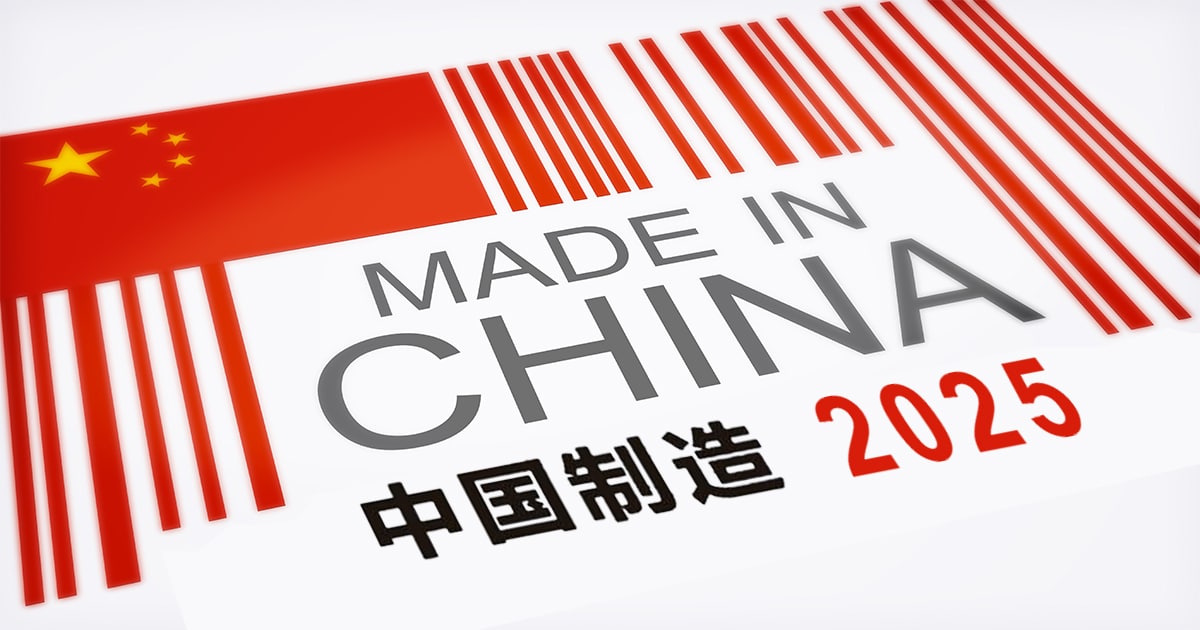Nathan Gardels is the editor-in-chief of Noema Magazine. He is also the co-founder of and a senior adviser to the Berggruen Institute.
As part of the Berggruen Institute’s 21st Century Council, I have met Chinese President Xi Jinping and other top leaders twice over the last four years. Above all else, what is manifestly clear from those interactions is that, in China today, you can’t talk about the future without talking about the past.
As Zheng Yongnian points out in The WorldPost this week, Xi’s “Made in China 2025” initiative to conquer the latest technologies, from robotics and artificial intelligence to electric cars and semiconductors, is rooted in the bitter experience of national humiliation that resulted from the failure to catch up technologically with the colonial powers that came to dominate the Middle Kingdom.
“There is a consensus among China’s current leadership that the closed-door policy upheld by the Ming and Qing dynasties left China far behind the industrialized West in the late 19th century,” Zheng writes from Singapore. “Seen in this context, the intentions behind ‘Made in China 2025’ are not as chauvinistic or predatory as they seem to be when discussed by the Trump administration and in Western media. Rather, they are merely the latest steps in the structural transition of China’s economy that Deng Xiaoping initiated decades ago.”
Leaders in Beijing see Made in China 2025, or CM2025, as rocket fuel for the “rejuvenation of the Chinese nation.” For the present U.S. administration and many in Congress, however, it represents an existential challenge to American technological dominance, with all that implies for military might and geopolitical sway.
The top White House trade hawk on China, Peter Navarro, sees Made in China 2025 as a brazen assault on American preeminence. For Navarro, the Chinese are saying to the West, “We’re going to dominate every single emerging industry of the future, and therefore your economies aren’t going to have a future.”
For China, the Trump administration’s proposed measures to thwart its high-tech quest crosses a red line. As one ranking party official told me recently, “China may entirely erase its trade deficit with the United States and empty its foreign reserves, but it will never give an inch on Made in China 2025. It’s the guarantor of the sovereignty and prosperity of our nation.”
Chinese Vice Premier Liu He, who was in Washington this week for trade talks, has similarly made clear that China’s high-tech initiative is not negotiable. “Why is CM2025 non-negotiable?” Gordon Chang asks critically. “Because it is at the heart of [Xi’s] industrial policy. And his industrial policy is at the heart of his plan to make China the world’s technological leader and to establish China as the world’s dominant economy. The willful Chinese ruler is letting nothing, including trade obligations, get in his way.”
For Chang, “the breathtaking initiative looks like history’s biggest assault on the World Trade Organization. To achieve its ambitions, Beijing has rolled out large, low-interest loans from state investment funds and development banks, aid for the purchase of foreign tech companies, and research subsidies galore, some of which appear to be clear violations of WTO policies.”
Chang is right that WTO rules seek to level the playing field of comparative advantage in trade by restricting state aid to targeted industrial sectors. But to attempt to resolve this issue by imposing punitive measures against China is a double-edged sword that could be self-defeating for the West.
China remains behind the United States in the chipsets that power computer technology. It is still reliant on American companies, like Intel and NVIDIA, to supply almost all the chipsets for most of its supercomputers. But anticipating the clash that has now arrived, in recent years, China has built the world’s fastest supercomputer, Sunway TaihuLight, with all domestic components.
Because of exclusions on key Western technologies, China developed its own manned spaceflight program. Following the embargo on military technology imposed in the wake of the Tiananmen crackdown in 1989, China has developed entirely indigenous weaponry systems.
As Zheng observes, export restrictions would likely only accelerate and strengthen China’s self-reliance in the core future technologies. “U.S. trade hawks fail to grasp the record of contemporary history, which demonstrates that technology bans imposed by the West are more often than not counterproductive when directed at a capable country.”
Wendy Cutler, who negotiated the Trans-Pacific Partnership for the Obama administration, argues for a mutual resolution of the conflict instead of a set of unrealistic ultimatums to China.
“Insisting that China dismantle its Made in China 2025 plan is not a productive use of time. China is not going to abandon the plan — [Xi] has made it a top priority. Furthermore, industrial policy in and of itself is not necessarily objectionable. Many governments, from Japan to Germany, have identified sectors as strategic and have offered varied types of assistance to foster the development of such industries.”
“What is different about Beijing’s latest plan,” she continues, “is its magnitude and its potentially distortive nature. China’s massive support of its solar industry, for example, has already resulted in serious overcapacity, driving competitors out of business and distorting international markets.
A negotiated solution with China should focus on preventing such market distortions and unfair harm to American technology companies and their workers. Full disclosure of the scope and level of subsidies and other types of assistance China provides to these industries should be the starting point. With increased transparency, both sides could have an informed discussion of how the program might affect U.S. interests and global markets.”
Nicolas Berggruen ponders the competitive disadvantages that America’s political culture imposes on itself. “China’s present prosperity, like that of other Asian outposts like Singapore, is built upon the millennia-old belief that government is a ‘necessary good’ for society that provides essential services and complements private economic activity,” Berggruen writes. “The state invests heavily in infrastructure and education.
Since the ‘reform and opening up’ period after the Cultural Revolution, China has also unchained a vibrant private sector, resulting in commercial giants like Alibaba and Tencent. Working together, the state and the private sector have raised hundreds of millions of people out of poverty and created what Chinese leaders call a ‘moderately prosperous society.’”
He concludes: “President Trump is not wrong to challenge China on impeded access to its markets. But no matter how many trade barriers come down, unless the United States achieves a similar balance of public investment and private wealth creation, we can’t compete.”
There has been much discussion in recent years of China and America falling into the “Thucydides Trap” of established and rising powers inevitably clashing to the point of military conflict. What is most likely to trip that trap is an unyielding techno-nationalism that is emerging in both China and the United States. For that reason, there is no higher priority in geopolitics today than finding a cooperative agreement along the lines Cutler suggests that offers a path out of this historical trap.
This was produced by The WorldPost, a partnership of the Berggruen Institute and The Washington Post.





